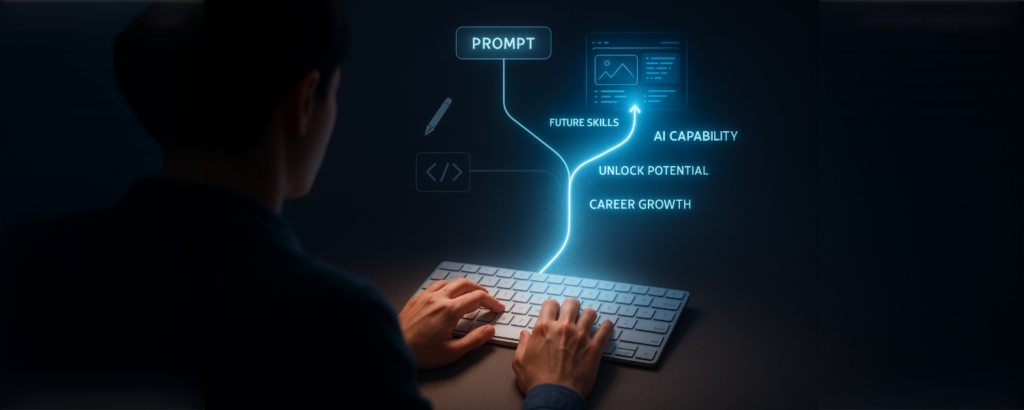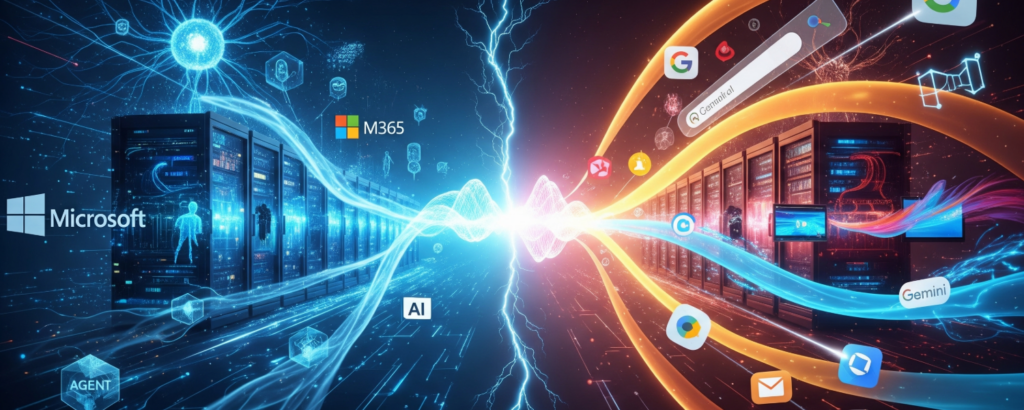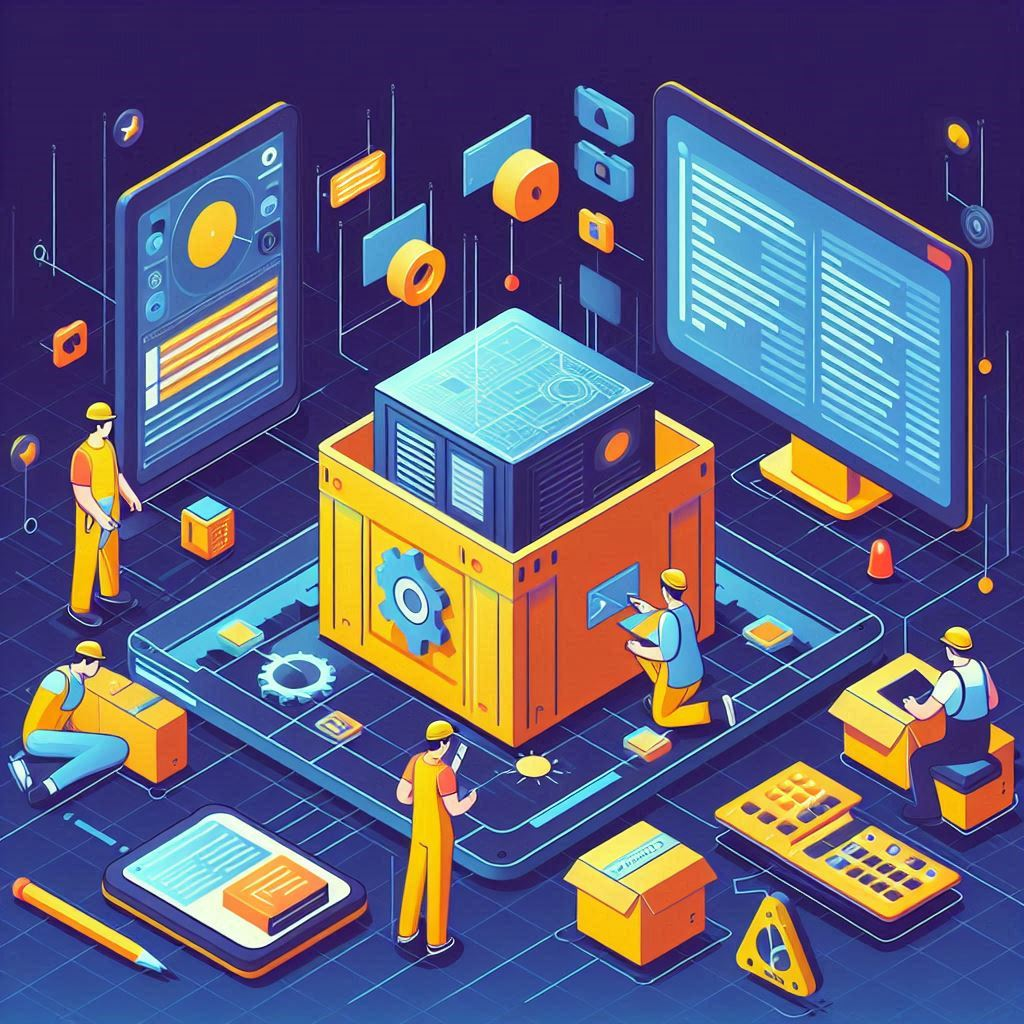Artificial Intelligence Will Transform the Web in the Next 10 Years

Last updated on February 5, 2024
The web is constantly evolving and changing, and one of the main drivers of this transformation is artificial intelligence (AI). AI is the ability of machines to perform tasks that normally require human intelligence, such as understanding language, recognizing images, making decisions, and learning from data. AI has already made a significant impact on the web, from powering search engines and recommendation systems to creating content and generating captions. But how will AI shape the web in the next 10 years? What are the implications for businesses, users, and society?
Table of Contents
AI Changing the Web as We Know It
One of the possible scenarios is that artificial intelligence will make the web more personalized, interactive, and immersive. With advances in natural language processing, computer vision, and speech recognition, AI will be able to understand the context, intent, and preferences of users, and deliver tailored content and services that match their needs and interests.
For example, AI could create personalized news feeds, videos, podcasts, and playlists based on the user’s profile, behavior, and mood. AI could also enable more natural and engaging interactions with the web, such as voice and gesture control, conversational agents, and augmented reality. Moreover, AI could enhance the web experience by adding more realism, creativity, and emotion to the content, such as generating realistic images, videos, and sounds, synthesizing human-like voices and expressions, and creating original stories and artworks.
Artificial Intelligence Challenges and Risks for Business
However, the scenario above also poses some challenges and risks for businesses that rely on the web as a source of revenue and customers. One of the main challenges is that artificial intelligence could reduce the visibility and traffic of websites that depend on search engines clicks for customers. As AI becomes more capable of answering queries directly or providing relevant information within the search engine interface, users may have less incentive to click on external links and visit other websites. This could affect the business model of many websites that generate income from advertising or subscriptions.
For example, a now debunked study by Rand Fishkin found that in 2019, more than 50% of Google searches ended without a click to another web property. While this study’s findings are not factual, this trend could become reality in the future as AI improves its ability to provide instant answers and suggestions.

AI Challenges for Social Media Companies
Another challenge is that AI could threaten the competitive advantage and market share of social media companies that rely on their data as a valuable asset. As AI becomes more proficient at creating and curating content, users may have more options and alternatives to consume and share content on the web. This could reduce the dependence and loyalty of users to specific social media platforms and erode their network effects.
For example, a user who wants to watch a video or listen to a podcast may not need to go to YouTube or Spotify if they can find similar or better content elsewhere on the web. Moreover, artificial intelligence could also enable new entrants and competitors to enter the social media market by leveraging their own data sources or creating synthetic data that mimics real user behavior and preferences.
To cope with these challenges, social media companies may adopt different strategies to protect their data and maintain their dominance on the web. One strategy is to invest more in developing their own AI capabilities and applications that can enhance their user experience and retention. For example, Facebook has been investing heavily in AI research and development, such as building its own AI chips, creating its own natural language models, and developing its own virtual reality platform.
Another strategy is to acquire or partner with other companies that have complementary or innovative AI technologies or data sources. For example, Twitter acquired Fabula AI, a company that uses artificial intelligence to detect fake news and misinformation on social media.
A third strategy is to restrict or limit the access and use of their data by third parties or competitors. For example, TikTok has been accused of blocking access to its app by some web scraping tools that collect data from its platform.
These strategies also entail some problems and trade-offs for social media companies. One problem is that developing or acquiring AI technologies or data sources may require significant resources and expertise that may not be available or affordable for all companies. Another problem is that restricting or limiting access to data may violate some ethical or legal principles or norms that govern the web, such as transparency, openness, fairness, and privacy.
For example, some users may object or complain if their data is used without their consent or knowledge by social media companies or their partners for AI purposes. Moreover, some regulators or authorities may intervene or impose sanctions if they find that social media companies are abusing their power or position on the web by restricting or limiting access to data.
Conclusion
AI will have a profound impact on the web in the next 10 years. Artificial intelligence is a powerful force that is reshaping the web in various ways, from personalization and interaction to immersion and emotion. AI has the potential to improve the web experience for users, by providing them with more relevant, engaging, and creative content and services. However, AI also poses some challenges and risks for businesses that rely on the web, such as reduced visibility, increased competition, and ethical dilemmas. Therefore, businesses need to adapt to the changing web landscape, by leveraging AI to enhance their value proposition, differentiate themselves from others, and address the concerns of users and society.
Read More: 5 Powerful Ways AI Is Helping Humans, 10 Powerful Ways AI is Changing Art & Product Design






Responses